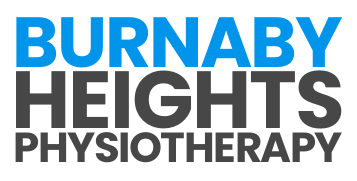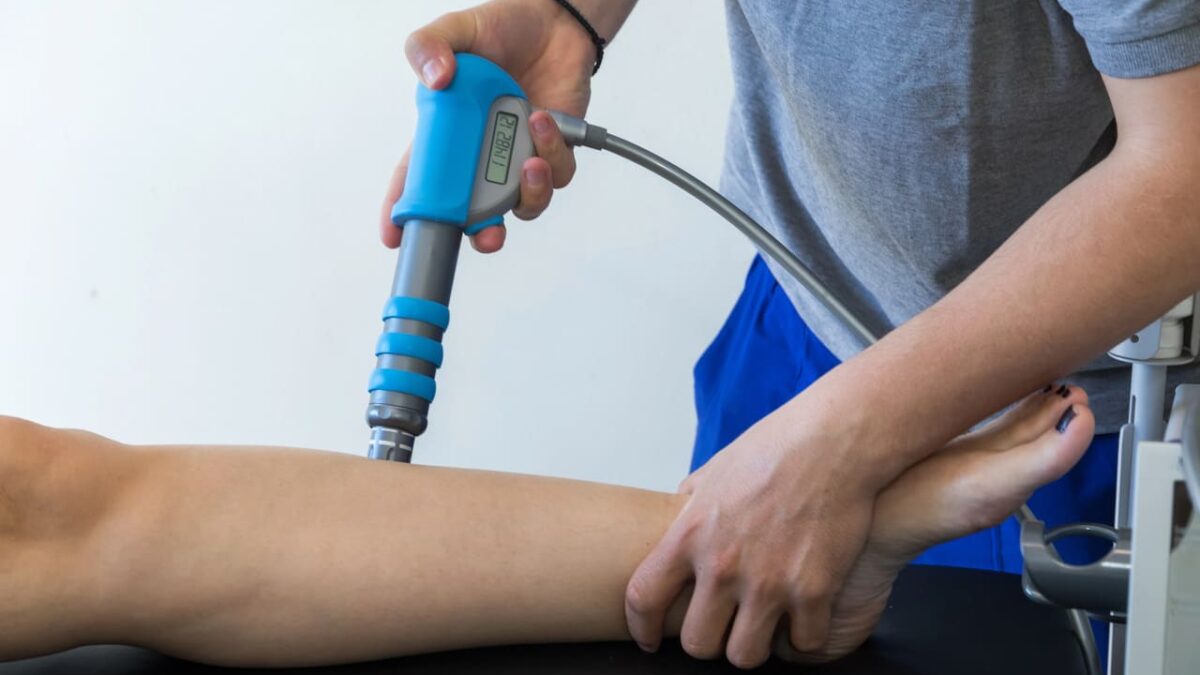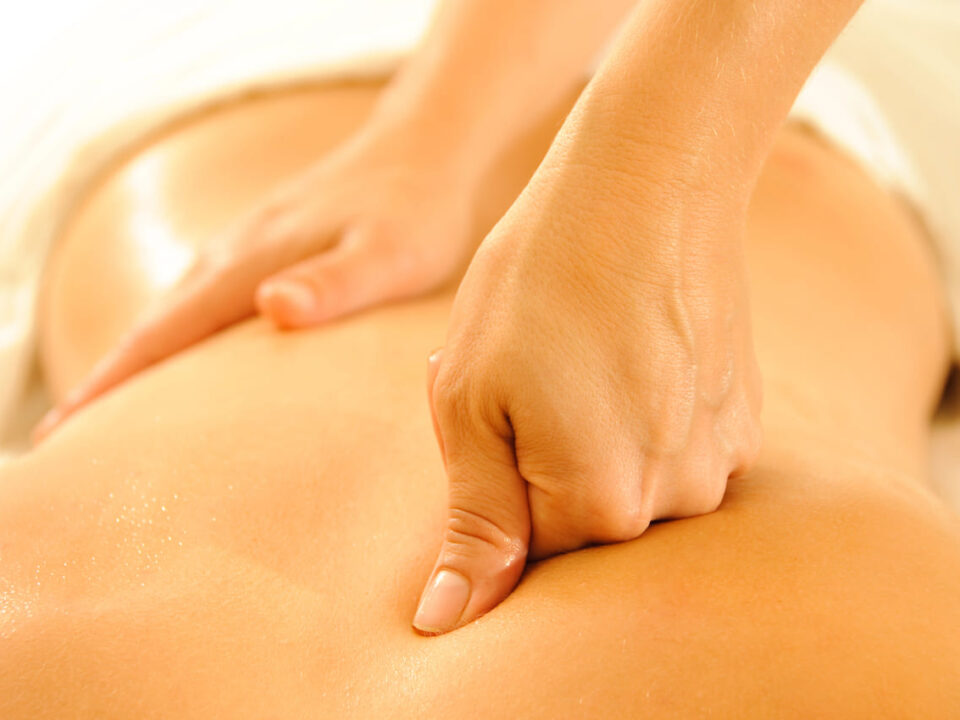
Minimal Risks, Maximum Relief: A Look at Acupuncture Safety
May 27, 2025
Understanding Acupuncture: Myths, Realities, and Scientific Evidence
June 29, 2025Physiotherapy is an essential healthcare field that helps individuals recover from injuries, manage chronic conditions, and improve overall physical function. Utilizing a variety of techniques, physiotherapists tailor treatments to meet the specific needs of each individual. With advancements in the field, understanding the diverse array of physiotherapy techniques can empower people to take an active role in their recovery process. In this blog, we will explore the most common physiotherapy techniques used today, how physiotherapists decide on their use, and the roles of manual therapy, electrotherapy, and other specialized methods such as dry needling and kinesio taping in treatment plans.
Physiotherapy Techniques Commonly Used Today
Physiotherapy employs a multitude of techniques to address different physical issues, each chosen based on specific client needs and therapeutic goals.
- Manual Therapy: This involves hands-on techniques to mobilize joints and soft tissues. It is beneficial for reducing pain and increasing mobility in stiff or restricted areas.
- Exercise Therapy: Tailored exercise programs help improve strength, endurance, and flexibility. They are vital for rehabilitation and ongoing physical health.
- Electrotherapy: Techniques such as TENS (Transcutaneous Electrical Nerve Stimulation) use electrical impulses to modulate pain and improve muscle function.
- Hydrotherapy: Water-based exercises provide resistance and support, which can be particularly helpful for those with joint pain or mobility issues.
- Dry Needling: Similar to acupuncture, this technique targets myofascial trigger points to relieve muscle tightness and pain.
- Kinesio Taping: Elastic therapeutic tape is applied to support muscles and joints without restricting movement, aiding in pain reduction and performance enhancement.
- Heat and Cold Therapy: These modalities help manage pain and inflammation, with heat promoting blood flow and cold reducing swelling.
Each of these techniques has a distinct application and benefit, making them invaluable tools in a physiotherapist’s arsenal. The choice of technique often depends on factors like the person’s condition, goals, and response to previous treatments.
How Do Physiotherapists Choose Which Technique to Use?
Physiotherapists decide on the appropriate technique based on a comprehensive assessment of the individual’s condition. This process involves evaluating the client’s medical history, conducting physical examinations, and understanding the person’s personal goals and lifestyle. The nature of the injury or condition is a primary factor—acute injuries might require immediate pain relief through electrotherapy, while chronic conditions could benefit more from exercise-based therapies to improve long-term function.
Additionally, the individual’s age, physical fitness level, and overall health status can influence technique selection. Therapists also consider how people have responded to previous treatments and whether adjustments might yield better outcomes. Ultimately, the goal is to create a personalized treatment plan that optimally supports the individual’s recovery and enhances their quality of life.
The Role of Manual Therapy Techniques in Physiotherapy
Manual therapy is a cornerstone of physiotherapy, involving direct hands-on techniques to improve movement and manage pain.
- Joint Mobilization: This technique involves skilled movements to stretch and mobilize joints, improving range of motion and reducing pain.
- Soft Tissue Mobilization: Focuses on the muscles, tendons, and fascia to relieve tension, improve circulation, and enhance tissue function.
- Myofascial Release: Targets tight fascia to ease tension, improve flexibility, and reduce pain in affected areas.
- Muscle Energy Techniques: These involve voluntary muscle contractions against a resisted force to improve joint function and reduce muscle tightness.
- Trigger Point Therapy: Direct pressure is applied to painful muscle knots, helping to alleviate referred pain and muscle tension.
- Craniosacral Therapy: A gentle approach focusing on the skull and sacrum to relieve tension and improve overall body function.
Manual therapy techniques not only aid in pain relief but also help in restoring functional movement, making them essential in addressing a wide range of physical conditions. These techniques are tailored to meet individual needs, ensuring that they provide maximum therapeutic benefit.
Electrotherapy in Physiotherapy Treatment: What to Know
Electrotherapy plays a significant role in modern physiotherapy, utilizing electrical energy to facilitate healing and rehabilitation.
- TENS (Transcutaneous Electrical Nerve Stimulation): Helps to modulate pain by sending low-voltage electrical impulses through the skin, providing relief from acute and chronic pain.
- Interferential Therapy: Uses two high-frequency currents to treat deep-seated pain and inflammation, commonly used for muscle spasms and strains.
- Ultrasound Therapy: Though technically a form of sound energy, it often falls under electrotherapy. It enhances tissue repair by promoting cell metabolism and reducing inflammation.
- Electrical Muscle Stimulation (EMS): Stimulates muscle contractions using electrical impulses, useful for muscle re-education and preventing atrophy.
- Iontophoresis: Uses a small electric charge to deliver medication through the skin, beneficial for localized inflammation and pain.
- Microcurrent Therapy: Delivers ultra-low electrical currents to stimulate healing processes at the cellular level, effective for wound healing and pain management.
The variety of electrotherapy modalities means they can be adapted to a wide range of treatment needs, from pain relief to muscle rehabilitation. These techniques are a vital part of many physiotherapy programs, enhancing recovery and improving client outcomes.
How Dry Needling Works
Dry needling is a technique used by physiotherapists to target myofascial trigger points within muscles. These points, often referred to as “knots,” can cause pain and limit movement. Unlike acupuncture, which involves the insertion of needles at meridian points for holistic purposes, dry needling is based on Western medicine principles. The technique involves inserting fine needles into the muscle tissue to provoke a twitch response, which can release tension and improve blood flow to the area. This process helps alleviate pain, reduce muscle tightness, and increase range of motion.
It is particularly effective for individuals with chronic conditions like myofascial pain syndrome and for those recovering from acute injuries. While some people might experience mild discomfort during the procedure, the benefits often include significant pain reduction and improved muscular function.
The Benefits of Kinesio Taping in Physiotherapy
Kinesio taping is a popular technique used in physiotherapy to assist with muscle support and recovery.
- Enhanced Muscle Support: The tape provides external support to muscles and joints, helping to prevent injury and promote stability during movement.
- Pain Reduction: By lifting the skin slightly, kinesio tape reduces pressure on pain receptors, which can help decrease pain and discomfort.
- Improved Circulation: The tape’s lifting action improves lymphatic and blood flow, aiding in the reduction of swelling and the removal of waste products from the tissues.
- Facilitated Movement: Unlike traditional taping methods, kinesio tape allows for a full range of motion, making it ideal for athletes and active individuals.
- Proprioceptive Feedback: The tape enhances the body’s awareness of joint position, which can improve coordination and movement patterns.
- Postural Correction: Kinesio tape can be used to help correct poor posture by providing gentle cues to muscles and joints.
Kinesio taping is versatile and can be applied to various parts of the body to support recovery or enhance performance. Its benefits make it a valuable adjunct to other physiotherapy treatments, supporting people in achieving their rehabilitation goals.
How Exercise-Based Physiotherapy Techniques Improve Recovery
Exercise-based techniques are fundamental to physiotherapy, offering numerous benefits for recovery and rehabilitation.
- Strength Building: Tailored exercises help build muscle strength, which is crucial for supporting weak areas and preventing future injuries.
- Increased Flexibility: Stretching exercises improve flexibility and range of motion, which can reduce the risk of injury and enhance overall function.
- Enhanced Endurance: Cardiovascular and resistance exercises improve endurance, allowing people to perform daily activities with greater ease.
- Improved Coordination: Exercises that focus on balance and coordination help improve motor skills, which is especially beneficial for neurological conditions.
- Pain Reduction: Regular exercise promotes the release of endorphins, the body’s natural painkillers, which can help reduce chronic pain.
- Functional Training: Exercises mimic daily activities, helping individuals regain the ability to perform tasks with greater independence and confidence.
Exercise-based techniques are integral to physiotherapy, addressing both the symptoms and root causes of physical dysfunction. By improving physical capabilities, these techniques not only aid recovery but also enhance quality of life.
Ensuring Client Safety When Using Physiotherapy Techniques
Ensuring client safety is paramount in physiotherapy, with various strategies employed to minimize risks and promote effective treatment.
- Comprehensive Assessment: Before treatment begins, a thorough assessment is conducted to understand the individual’s medical history, current condition, and specific needs.
- Personalized Treatment Plans: Each treatment plan is tailored to the individual, ensuring techniques are appropriate for the person’s age, fitness level, and health status.
- Ongoing Monitoring: Progress is continuously monitored, with adjustments made to treatment plans as necessary to ensure safety and efficacy.
- Education and Communication: Clients are educated about their treatment, including potential risks and benefits, fostering informed decision-making and active participation.
- Use of Evidence-Based Practices: Techniques are selected based on the latest research and clinical guidelines to ensure they are both safe and effective.
- Attention to Contraindications: Conditions or circumstances that may contraindicate certain treatments are carefully considered to avoid adverse effects.
These safety measures ensure that physiotherapy treatments are both effective and safe, providing peace of mind for clients and optimizing therapeutic outcomes.
Customizing Physiotherapy Techniques to the Individual and Their Condition
Physiotherapy is highly adaptable, allowing treatments to be customized to the unique needs of each individual.
- Individualized Assessment: Each client undergoes a detailed evaluation to identify specific issues, goals, and preferences, which informs the treatment plan.
- Condition-Specific Techniques: Techniques are chosen based on the specific condition or injury, whether it be musculoskeletal, neurological, or cardiovascular.
- Goal-Oriented Planning: Treatment plans are designed around the individual’s personal goals, whether it’s pain relief, increased mobility, or improved performance.
- Adaptable Exercise Programs: Exercise regimens are adjusted to match the individual’s abilities and progress, ensuring they remain challenging yet achievable.
- Cultural Sensitivity: Treatments can be adapted to respect cultural beliefs and practices, ensuring a comfortable and supportive environment for all clients.
- Feedback-Driven Modifications: Ongoing feedback from people allows therapists to make real-time adjustments to techniques and strategies.
By tailoring physiotherapy techniques to the individual, therapists can provide more effective and personalized care, leading to better outcomes and enhanced client satisfaction.
Care Tailored to Your Needs
Exploring the diverse techniques of physiotherapy reveals their incredible potential to enhance recovery and improve quality of life. From manual therapy to electrotherapy, each method serves a unique role in addressing different physical challenges.
For those seeking personalized care, Burnaby Heights Physiotherapy offers guidance and treatment tailored to your specific needs. Contact us today to learn how our skilled therapists can support you on your path to recovery and well-being.






